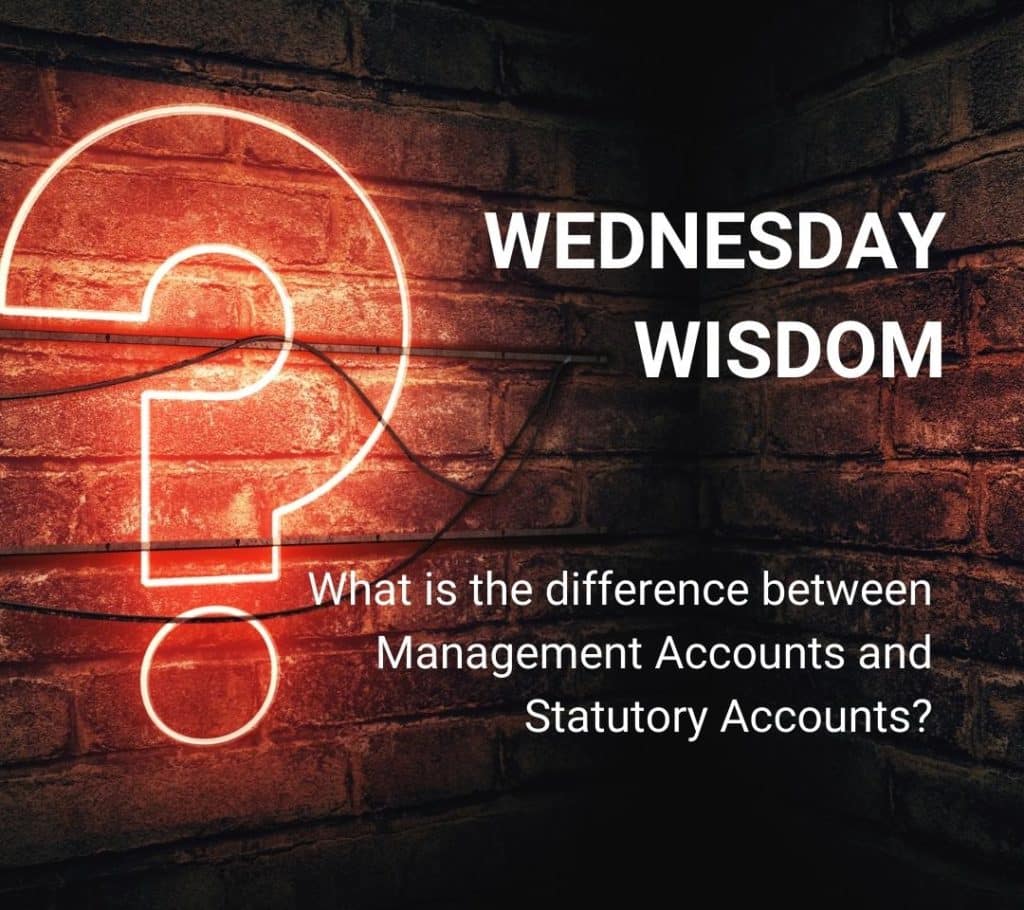Every business needs to track its finances, but not all financial reports serve the same purpose. Two of the most common types are management accounts and statutory accounts.
They sound similar, but they have very different roles and there is a difference between management accounts and statutory accounts.
Management accounts help business owners and managers make smart financial decisions throughout the year. They focus on things like profits, expenses, and cash flow.
Statutory accounts are legally required reports that must be filed with HMRC and Companies House. They show a company’s financial position at the end of the year.
Creative Takeaways
- Management Accounts – Helps with planning and decision-making.
- Statutory Accounts – Legally required for compliance.
- Compliance & Reporting – Avoid penalties, stay transparent.
- Tax & Legal Obligations – Ensure HMRC and Companies House compliance.
- Investor & Lender Trust – Build credibility with accurate reporting.
Table of contents
1. What are management accounts?
Management accounts are financial reports that help business owners and managers understand how their company is doing.
Management accounts are created monthly or quarterly to provide up-to-date insights.
These statements are not mandatory and are very rarely seen by external bodies.
These are internal reports produced to inform and guide senior members of staff in crucial decision-making processes. The clue here us in the name: management accounts.
Management accounts are produced by a business to help with the day to day running of the business.
Management accounts for small businesses typically include:
- Profit and loss statement – Shows how much money the business is making or losing.
- Balance sheet – Lists what the company owns (assets) and what it owes (liabilities).
- Cash flow statement – Tracks money coming in and going out to prevent cash shortages.
- Key performance indicators (KPIs) – Highlights trends like sales growth or rising expenses.
- Short notes – Most important thoughts by the creator of the report to highlight significant points.
In principal, they are similar to the year-end accounts but are less formal and personalised to the readers requirements
5 benefits of management accounts
These financial reports are useful for businesses because they can stay in control of their finances.
- Better decision-making – Regular financial reports help business owners see what’s working and what needs improvement.
- Improved cash flow management – Businesses can spot potential cash shortages early and take action to avoid financial struggles.
- Faster problem-solving – Monthly or quarterly updates help you react quickly to issues, rather than waiting for year-end statutory accounts.
- Customizable reports – Management accounts focus on the most relevant financial data for the business.
- Easier business growth – Accurate business forecasting can help you plan for expansion, it can secure funding or attract more investors.
To summarise, management accounts help you keep your business up-to-date with latest financial changes, and you can plan easily for growth.
2. What are statutory accounts?
Statutory accounts, also known as annual accounts are a set of financial reports prepared at the end of each financial year.
In the UK, all private limited companies are requested to prepare statutory accounts every year. These annual accounts provide an overview of overall spending rather than a detailed breakdown of specific expenses and costs.
For all limited companies, annual accounts must include:
- Balance sheet – A financial statement which shows how much the company owns, owes or is owed at the end of the financial year. This must be signed by a director and include a director’s name.
- Profit and loss statement – Also known as a profit and loss account or a P&L account, this shows the business’s net profit or loss.
Copies of statutory accounts should always be sent to shareholders, Companies House, HMRC and anyone who attends the company’s general meetings.
Why is this needed?
Shareholders have a right to know how the company is performing financially, as their investments depend on it. Companies House allows the public, investors, and creditors to access company financial records. The reason you have to share with HMRC is that it’s used to calculate corporation tax liabilities and to ensure that the company is paying the correct amount of tax.
What about meeting attendees?
Directors and key stakeholders need all the insights to discuss business performance and make strategic decisions, so you also have to share with them.
5 benefits of statutory accounts
- Legal compliance – Filing statutory accounts ensures businesses follow UK accounting regulations and avoid penalties.
- Tax calculation & reporting – These reports help determine how much corporation tax a company must pay.
- Transparency for stakeholders – Investors, lenders, and partners can assess a company’s financial health before making decisions.
- Credibility & trust – A well-maintained financial record boosts confidence in the business, making it easier to secure loans or attract investors.
- Performance tracking – By reviewing annual financial statements, businesses can measure growth and plan for the future.
Statutory accounts are primarily for external financial reporting. Still, they provide useful insights into a company’s overall health.
3. Key differences between management accounts vs statutory accounts
So, to summarise here are the main differences between the two types of financial reports:
- A statutory accounts statement is a compulsory report that will be requested by HMRC, while some business may never need to produce a management account report.
- A statutory accounts report gives an overview of financial activity, while management account reports are more tailored and specific.
- Statutory accounts are used externally while management account documents are exclusively for internal.
- Statutory accounts reports follows a general format while management account reports can take a more bespoke form.
- Statutory reports are produced annually, while management account reports can be generated as and when required by the business.
- Management accounts focus on live data and the future, so you can fix problems before they grow too big.
- Statutory accounts look backward, as they summarise the past year with little room for changes.
4. Why both statutory vs management accounts matter
Why would you need both accounts?
Management accounts and statutory accounts play their own role in running a successful business. They are both useful – but they have different purposes.
Management accounts give you real-time financial insights. They help you track performance and monitor cash flow. This enables you to make quick, data-driven decisions.
Statutory accounts provide a year-end financial summary. This helps with legal compliance, tax accuracy, and transparency. Shareholders and external stakeholders will analyse your statutory accounts before making a business proposal.
If you combine the real-time financial insights from management accounts with year-end reporting from statutory accounts, you’ll see the whole picture.
If you’re unsure how to manage them or need professional advice, we’re here to help!
Book a free call today and let’s discuss how we can support your business with tailored accounting services that keep you informed and compliant.








